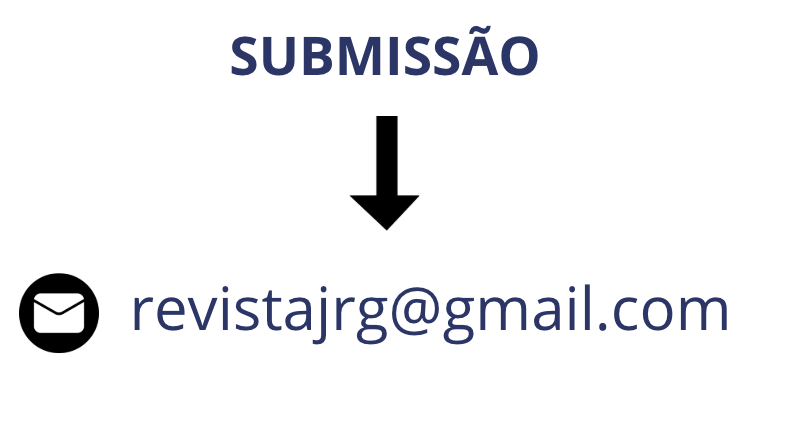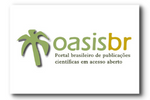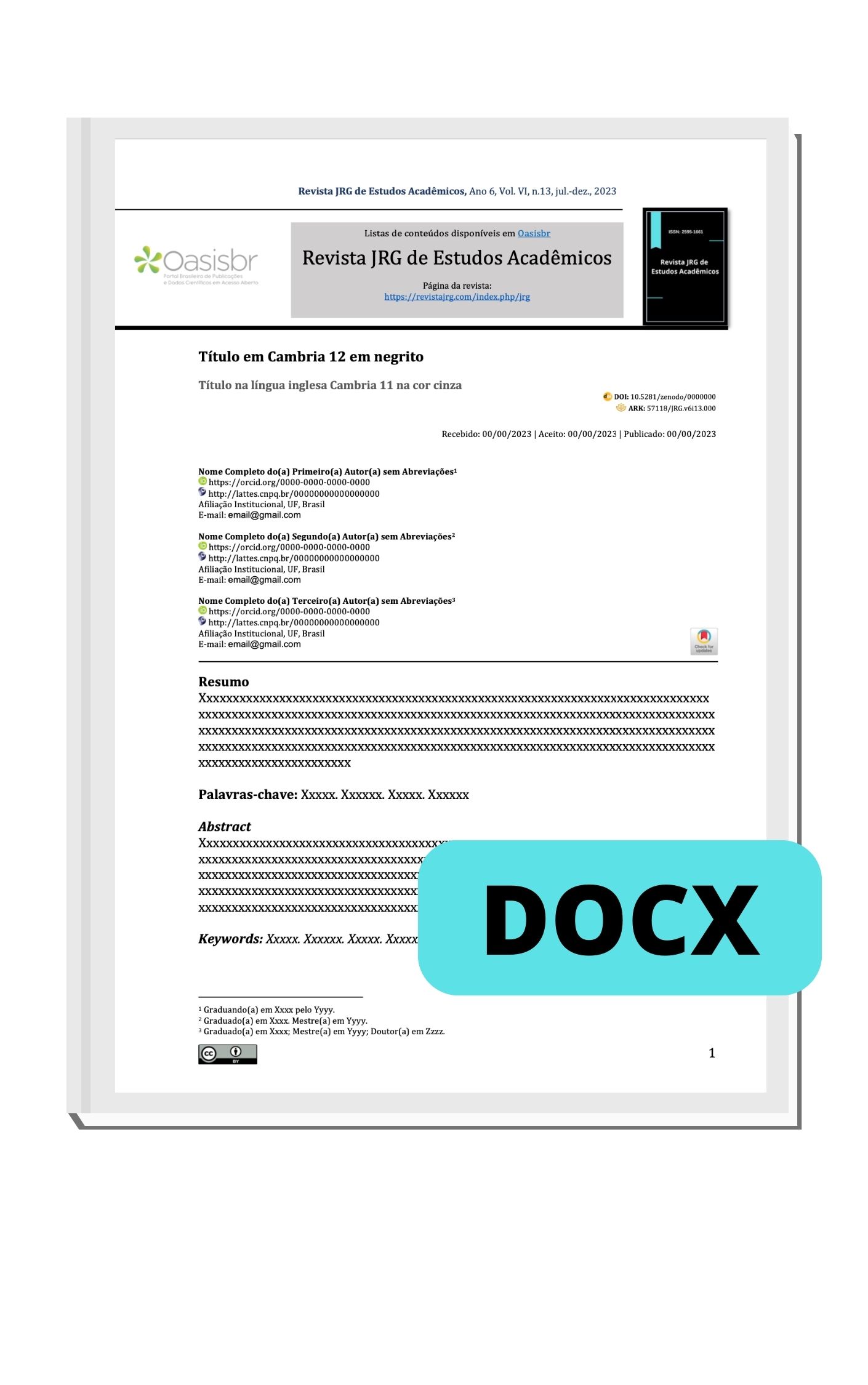Sars cov-2 positivity in dogs and cats: a systematic review
DOI:
https://doi.org/10.55892/jrg.v7i14.1245Keywords:
EnghisAbstract
COVID-19 has become a growing public health concern due to high rates of mortality and morbidity, imposing a substantial economic burden on various developing countries. Coronaviruses (CoV) are responsible for various respiratory and intestinal infections in animals and humans, and viral spillover effectively occurs in this context. A systematic review was conducted using the following search tools: PubMed, BVS, ScienceDirect (Elsevier), Scopus (Elsevier), and the CAPES Journal, aiming to survey COVID-19 in dogs and cats, investigate the positivity of caregivers for COVID-19, describe the techniques used, verify the biological materials utilized, and examine the use of genetic sequencing and phylogenetic analysis. The research was carried out from December 2022 to January 2023, spanning various regions of the world, including the United States, Spain, Germany, France, Italy, Iran, Argentina, and Ecuador. Sixteen articles were selected, of which 13 reported caregivers (81.25%) testing positive for COVID-19 while cohabiting with their pets. When cross-referencing data to assess positive caregivers, dogs, and cats, four articles (25.00%) confirmed these three variables. Some articles focused solely on caregivers and cats or caregivers and dogs. The results obtained here allowed for reflection on the true epidemiological situation globally and emphasized the importance of integrating the One Health concept with the monitoring of emerging zoonoses. This integration aims to classify them as effectively monitored zoonoses by public or private health authorities, with a focus on the well-being of the environment, animals, and humans.
Downloads
References
CRODA, J. H. R., & GARCIA, L. P. Resposta imediata da Vigilância em Saúde à epidemia da COVID-19. Epidemiologia e Serviços de Saúde, 29(1), e2020002.2020. Disponível em: https://doi.org/10.5123/S1679-49742020000100021
LU, R.; ZHAO, X.; LI, J. et al. Genomic characterisation and epidemiology of 2019 novel coronavirus: implications for virus origins and receptor binding. Lancet 2020; 395:565–74. doi: doi.org/10.1016/S0140-6736(20)30251-8. Disponível em: https://doi.org/10.1016/S0140-6736(20)30251-8
VLASOVA, A. N.; SAIF, L. J. Bovine Coronavirus and the Associated Diseases. Frontiers in Veterinary Science. Vol.8, 2021. Disponível em: https://doi.org/10.3389/fvets.2021.643220
HOLMES, E. C.; GOLDSTEIN, S.A. et al. The origins of SARS-CoV-2: A critical review. Cell, Volume 184, Issue 19, Pages 4848-4856. 2021. Disponível em: https://doi.org/10.1016/j.cell.2021.08.017
HOSSAIN, M.F. et al. COVID-19 Outbreak: Pathogenesis, Current Therapies, and Potentials for Future Management. Front Pharmacol. Oct 16;11:563478. 2020. Disponível em: https://doi.org/10.3389/fphar.2020.563478
SHARUN, K. et al. SARS-CoV-2 in animals: potential for unknown reservoir hosts and public health implications. VETERINARY QUARTERLY 2021, VOL. 41, NO. 1, 181–20. Disponível em: https://doi.org/10.1080/01652176.2021.1921311
SHARUN, K.; TIWARI, R.; SAIED, A.A.; DHAMA, K. SARS-CoV-2 vaccine for domestic and captive animals: An effort to counter COVID-19 pandemic at the human-animal interface. Vaccine. 2021 Dec 3;39(49):7119-7122. doi: 10.1016/j.vaccine.2021.10.053. Epub 2021 Nov 6. PMID: 34782159; PMCID: PMC8570933. Disponível em: https://doi.org/10.1016/j.vaccine.2021.10.053
COLITTI, B. et al. Cross-Sectional Serosurvey of Companion Animals Housed with SARS-CoV-2-Infected Owners, Italy. Emerg Infect Dis. 2021 Jul;27(7):1919-1922. Disponível em: https://doi: 10.3201/eid2707.203314
MICHELITSCH, A.; WERNIKE, K.; ULRICH, L.; METTENLEITER, T. C.; BEER, M.; Chapter Three - SARS-CoV-2 in animals: From potential hosts to animal models. Advances in Virus Research. Academic Press, Volume 110, Pages 59-102, 2021. Disponível em: https://doi: 10.1016/bs.aivir.2021.03.004
SHEN, M. et al. Predicting the Animal Susceptibility and Therapeutic Drugs to SARSCoV-2 Based on Spike Glycoprotein Combined With ACE2. Frontiers in genetics, vol. 11, n. 575012. 23, 2020. Disponívem em: https://doi: 10.3389/fgene.2020.575012
BOSCO‐LAUTH, A. M. et al. Experimental infection of domestic dogs and cats with SARS- -CoV-2: Pathogenesis, transmission, and response to reexposure in cats. Proceedings of the National Academy of Sciences. v.117, n. 42, p.26382–26388. 2020. Disponível em: https://doi: 10.1073/pnas.2013102117
Fu, J.Y.L,; Chong, Y.M.; Sam, I.C.; Chan, Y.F. SARS-CoV-2 multiplex RT-PCR to detect variants of concern (VOCs) in Malaysia, between January to May 2021. J Virol Methods. 2022 Mar; 301:114462. Disponível em: https://doi: 10.1016/j.jviromet.2022
OCTAVIANO, F.; FELIZARDO, K.; MALDONADO, J., FABBRI, S. Semiautomatic selection of primary studies in systematic literature reviews: is it reasonable? Empirical Software Engineering (JESE). v20, n. 6, p. 1898-1917, 2015. Disponível em: https://doi.org/10.1007/s10664-014-9342-8
DE OLIVEIRA BASTOS, P. R. H.; VIEIRA, R. DA S. Impacto Econômico do Tratamento de Pacientes com Dengue no Brasil: uma Revisão Sistemática. Ensaios e Ciência C Biológicas Agrárias e da Saúde, [S. l.], v. 24, n. 5-esp., p. 678–683, 2021. Disponível em: https://doi.org/10.17921/1415-6938.2020v24n5-esp.p678-683
BARROSO, R. et al. Susceptibility of Pets to SARS-CoV-2 Infection: Lessons from a Seroepidemiologic Survey of Cats and Dogs in Portugal. Microorganisms. 2022 Feb 2;10(2):345. Disponível em: https://doi:10.3390/microorganisms10020345
MANZINI, S. et al. SARS-COV-2: Sua relação comos animais e potencial doença zoonótica. Vet. e Zootec. 2021; v28: 001-013. Disponível em: https://doi.org/10.35172/rvz.2021.v28.602
HAMER, S.A. et al. SARS-CoV-2 Infections and Viral Isolations among Serially Tested Cats and Dogs in Households with Infected Owners in Texas, USA. Viruses. 2021, 13, 938. Disponível em: https://doi:10.3390/v13050938
PIEWBANG, C. et al. SARS-CoV-2 Transmission from Human to Pet and Suspected Transmission from Pet to Human, Thailand. Journal of Clinical Microbiology. VIROLOGY. November 2022. Volume 60. Disponível em: https://doi:10.1128/jcm.01058-22
HAMDY, M.E. et al. SARS-CoV-2 infection of companion animals in Egypt and its risk of spillover. Medicina Veterinária e Ciência, 9, 13-24. 2023. Disponível em: https://doi:10.1002/vms3.1029
FUENTEALBA, N.A. et al. First detection and molecular analysis of SARS-CoV-2 from a naturally infected cat from Argentina. Veterinary Microbiology. Volume 260. 2021. Disponível em: https://doi.org/10.1016/j.vetmic.2021.109179
PADILLA-BLANCO, M. et al. Detection of SARS-CoV-2 in a dog with hemorrhagic diarrhea. BMC Vet Res 18, 370 (2022). Disponível em: https://doi.org/10.1186/s12917‑022‑03453‑8
KELLER, M. et al. Detection of SARS-CoV-2 variant B.1.1.7 in a cat in Germany. Research in Veterinary Science. Volume 140. 2021. Pages 229-232. Disponível em: https://doi.org/10.1016/j.rvsc.2021.09.008
MOHEBALI, M. et al. SARS-CoV-2 in domestic cats (Felis catus) in the northwest of Iran: Evidence for SARS-CoV-2 circulating between human and cats. Virus Research. Volume 310, 2022. Disponível em: https://doi:10.1016/j.virusres.2022.198673
GORYOKA, G.W. et al. One Health Investigation of SARS-CoV-2 Infection and Seropositivity among Pets in Households with Confirmed Human COVID-19 Cases—Utah and Wisconsin, 2020. Viruses. 2021, 13, 1813. Disponível em: https://doi.org/10.3390/v13091813
MEISNER, J. et al. Household transmission of SARS-CoV-2 from humans to pets in Washington and Idaho: burden and risk factors. bioRxiv. 2021.04.24.440952. Disponível em: https://doi:10.3201/eid2812.220215
AKHTARDANESH, B. et al. Molecular screening of SARS-CoV-2 in dogs and cats from households with infected owners diagnosed with COVID-19 during Delta and Omicron variant waves in Iran. Veterinary Medicine and Science. Volume 9, Issue1. Pages 82-90. 2023. Disponívem em: https://doi:10.1002/vms3.1036
BARROSO-ARÉVALO, S. et al. Large-scale study on virological and serological prevalence of SARS-CoV-2 in cats and dogs in Spain. Transboundary Emerging Diseases. Volume 69, Issue4. Pages e759-e774. July 2022. Disponível em: https://doi: 10.1111/tbed.14366
SHI, J.; WEN, Z. et al. Susceptibility of ferrets, cats, dogs, and other domesticated animals to SARS-coronavirus 2. Science 368, 1016–1020 (2020) 29 May 2020. doi:10.1126/science.abb7015
BARRS, V.R. et al. SARS-CoV-2 em gatos domésticos em quarentena de domicílios ou contatos próximos com COVID-19, Hong Kong, China. Doenças Infecciosas Emergentes, 26(12), 3071-3074.2020. Disponível em: https://doi:10.3201/eid2612.202786
RUIZ-ARRONDO, I. et al. Detecção de SARSCoV-2 em animais de estimação que vivem com proprietários de COVID-19 diagnosticados durante o confinamento da COVID-19 em Espanha: um caso de um gato assintomático com SARS-CoV-2 na Europa. Doenças Transfronteiriças e Emergentes, 68(2), 973-976. 2021. Disponível em: https://doi:10.1111/tbed.13803
HEYDARIFARD,Z.; CHEGENI, A.M., HEYDARIFARD,F.; BAHRAM NIKMANESH, B.; SALIMI, V. An overview of SARS‐CoV2 natural infections in companion animals: A systematic review of the current evidence. Rev. Med Virol. 2024; e2512ev. Disponível em: https://doi.org/10.1002/rmv.2512
EFSA PANEL ON ANIMAL HEALTH AND WELFARE (AHAW).; NIELSEN, S. S. et al. SARS-CoV-2 in animals: susceptibility of animal species, risk for animal and public health, monitoring, prevention and control. EFSA Journal 2023;21(2):7822. Disponívem em: https://doi.org/10.2903/j.efsa.2023.7822
WERNECK, M. A. F. Protocolo de cuidados à saúde e de organização do serviço. Marcos Azeredo Furkim Werneck, Horácio Pereira de Faria e Kátia Ferreira Costa Campos. Belo Horizonte: Nescon/UFMG, Coopmed, 2009.
COSTAGLIOLA, A.; LIGUORI, G.; D’ANGELO, D.; COSTA, C.; Francesca Ciani, F.; GIORDANO, A. Do Animals Play a Role in the Transmission of Severe Acute Respiratory Syndrome Coronavirus-2 (SARS-CoV-2)? A Commentary. Animals 2021, 11, 16. https://dx.doi.org/10.3390/ani1101 0016











































